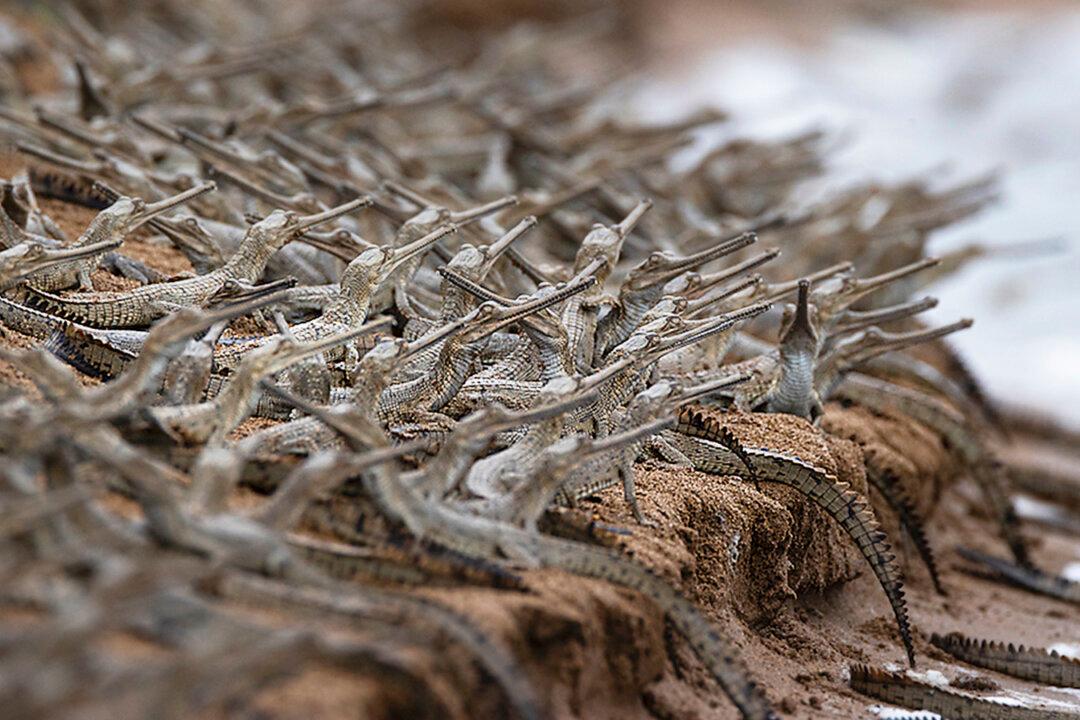Thanks to the local community’s protective measures, hundreds of critically endangered gharial crocodiles hatched on the banks of the Chamal River in Rajasthan, India. And the photos are something else.
The gharial is a special genus of crocodile native to South Asia and is known for its uniquely thin long toothy snouts. They feed on fish, but newly hatched infants live on a diet of crustaceans, insects, and even frogs.






